Three Daytrips from London to Delight Tudor History Buffs (and most likely everyone else in your travel party!)
3/18/25
I am unabashedly a lover of London! I’ve visited multiple times with different family, friends and even solo. If you strike up a conversation with me about London, it’s going to be a long one -it’s a city that has my heart!
One of the reasons I am so drawn to London is my love for British history – particularly the Tudor period. Like many of us, I have read countless books about the exploits of Henry VIII and his six wives, the War of the Roses and Elizabethan England.
There are MANY sites in the city to visit to get your Tudor fix (think Tower of London, Westminster Abbey, Lambeth Palace and any of the city’s wonderful museums)! However, there are three spots just outside London that I’d highly recommend to any Tudor enthusiast! (Note: some of these can be done in a 1/2 day – it just depends on what you want to see).
Windsor Castle
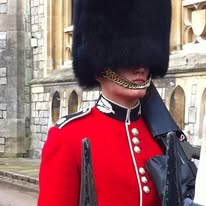
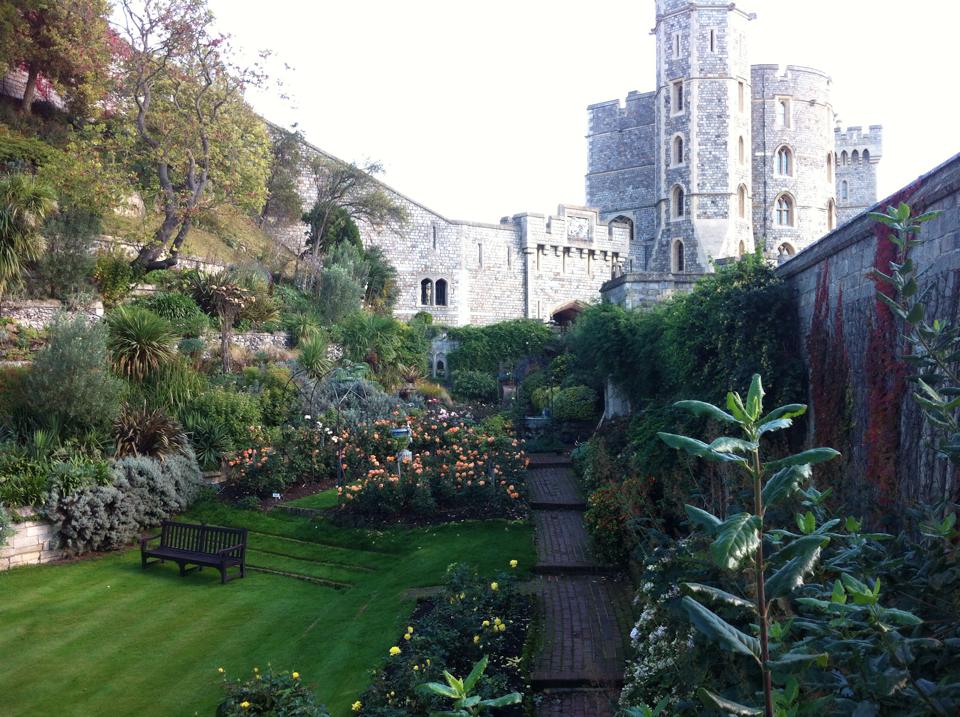
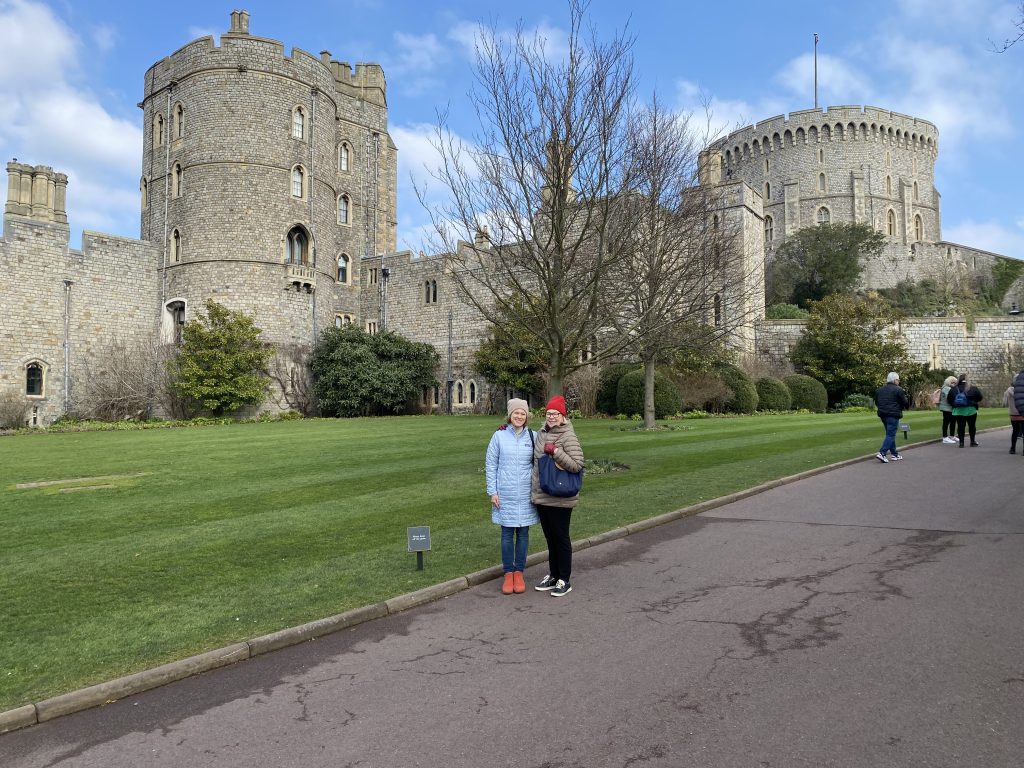

Windsor Castle is a destination for anyone visiting England! A current royal residence, Windsor offers a peek into the modern-day monarchy as well as telling many tales of the past. I won’t go into all you can see and do here, since we’re on a Tudor mission, but suffice it to say, there’s lots!
But what about the Tudor connection? Both Henry VIII and Elizabeth I used Windsor castle to hold royal court and spent significant time here. In addition, they are both responsible for additions, updates and refurbishments to the castle and grounds. You can find detailed information on the construction history and much more at the official Windsor website: Windsor Castle.
If you’re looking for the Tudors, head to the Lower Ward of the castle. On the North side, you’ll discover St. George’s chapel – here’s where you will find the final resting place of Henry VIII and his third wife, Jane Seymore.

The quire St. George’s Chapel
See the black rectangle on the floor there? That is the humble marker for the resting place of Henry VIII, surely not the plan or expectation of the larger-than-life king, but there he lies. This spot was meant to be a temporary resting place until a magnificently designed tomb was finished. Construction of the tomb was started during the lifetime of Henry VIII and “grand” doesn’t even cover it. There is wonderful detail about Henry’s would be tomb and its fate here: Where is King Henry VIII Buried and Why Doesn’t He Have an Elaborate Tomb? – The Freelance History Writer
Ultimately there was no grand monument (like his father’s Henry VII chapel in Westminster Abbey), but it is a peaceful place. I like to pause here for a moment and feel the weight of history. Sharing the vault with Henry and Jane are Charles I and an infant daughter of the Stuart Queen Anne.
There is a bit of Tudor artisanship in the chapel to note as you approach from the Victorian door and staircase. To the north of the Victorian stained glass is the oriel window that was built by Henry VIII for his first wife, Catherine of Aragon.
You will also find a multitude of Tudor artifacts displayed in the Round Tower.
Windsor is just about a 30-minute train ride from London.
Hampton Court Palace
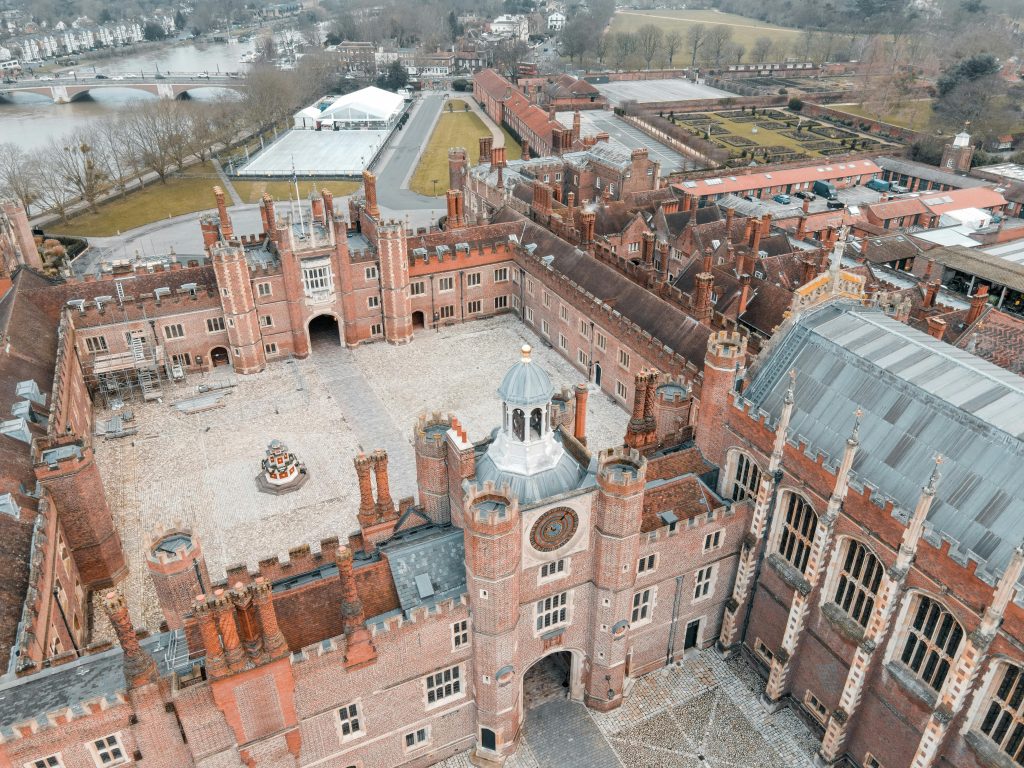
Hampton Court Palace
Hampton Court Palace was built by cardinal Thomas Wolsey in the early 1500’s. A labor of love, Wolsey ended up with a palace that was grander than many royal residences. In 1529, prior to his fall from grace as chief minister to Henry VIII, Wolsey gifted the palace to the King.
Although it has gone through significant reconstructions as it passed from royal dynasty to royal dynasty, there is still plenty to delight the Tudor senses, and the palace staff does an incredible job transporting you back to that time in history.
Built by Henry VIII shortly after he took possession of the property is the Great Hall. It is still there for visitors to see – spectacular in its size and steeped in history! Look closely to spot the coat of arms of Anne Boleyn and spy her initials hiding up in the roof. Included in the great hall are tapestries that hung in the hall in 1546, further drawing you into the 16th century.
There are players at the palace who represent the Tudor era and do a wonderful job of pulling the audience into their tales that guide you throughout the palace and tell the stories that Hampton Court has to tell. (You might just become part of the narrative!) Catch a glimpse of the Tudor kitchens and don’t forget the Haunted Gallery where the ghost of Henry’s fifth wife Katherine Howard is said to run wailing -begging for a reprieve from her execution. (Spoiler: she didn’t get it).
To see all the wonderful Tudor experiences available, along with a large part of the palace and grounds devoted to later regimes, check out the official Hampton Court Website: Hampton Court Palace | Historic Royal Palaces.
Hampton court is about an hour’s train ride from London. At 20 or so miles outside the city, it is also easily drivable.
Hever Castle
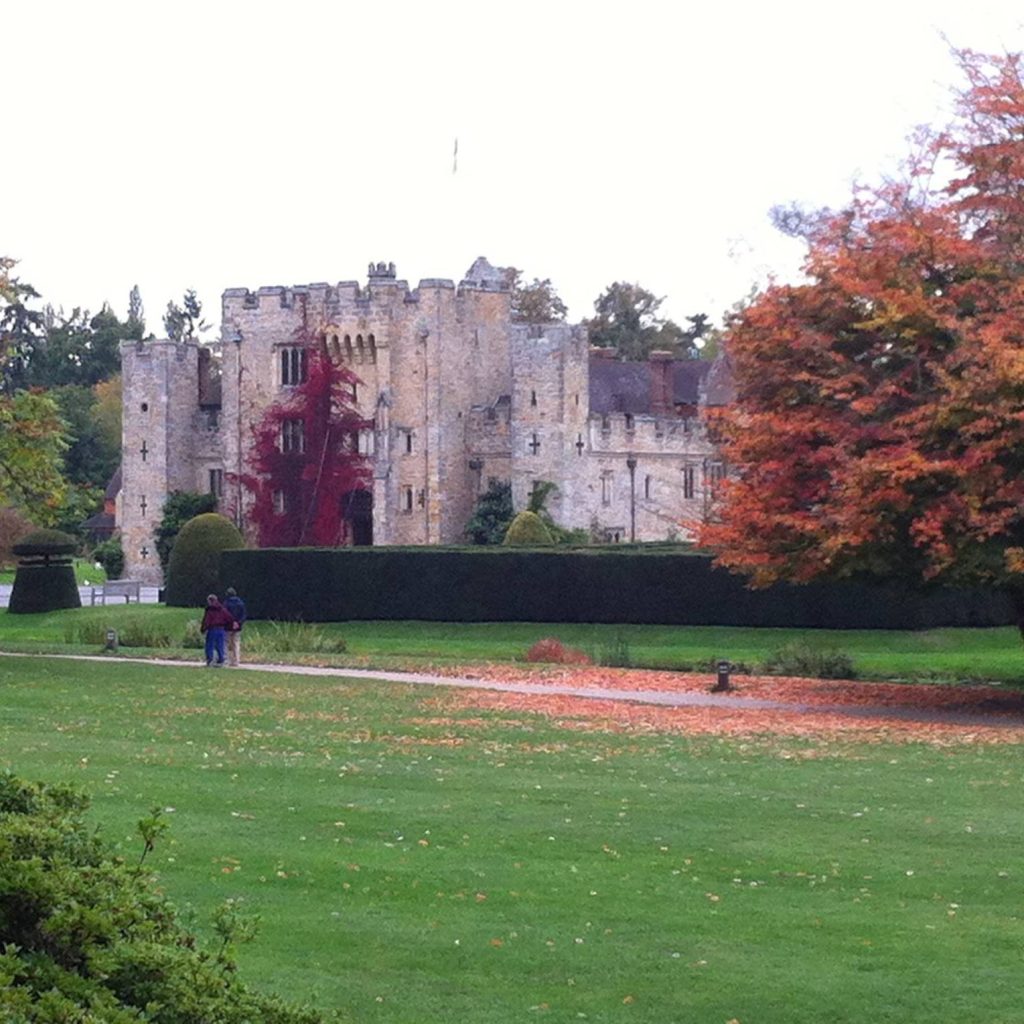
Hever Castle, Kent
Hever Castle, located in Kent sits a little further from London than our previous sites. If I were to recommend a place to devote an overnight, it would be here.
The childhood home of Anne Boleyn has much to offer the Tudor fan. There is a permanent exhibition in the Long Gallery that depicts the chronicle from the Wars of the Roses to the Reformation through its art collection. The Long Gallery itself was added to Hever by Henry VIII’s fourth wife, Anne of Cleves, who was gifted the property after she and Henry ended their brief marriage. Other additions made by Anne survive today and can be explored.
Visitors are also able to wander through the timber framed additions that were made in the 15th and 16th centuries by the Boleyn family. Throughout the castle it is easy to imagine Anne Boleyn quietly reading a book in a corner or eagerly awaiting a visit from Henry VIII. You can also view two of Anne’s prayer books that bear her own script & signature.
Although not of the Tudor era, I would be remiss if I did not mention the beautiful Hever Gardens. We visited in the “off season” and it was still bursting with life and beautiful blooms -it is truly a wonderous garden not to be missed!


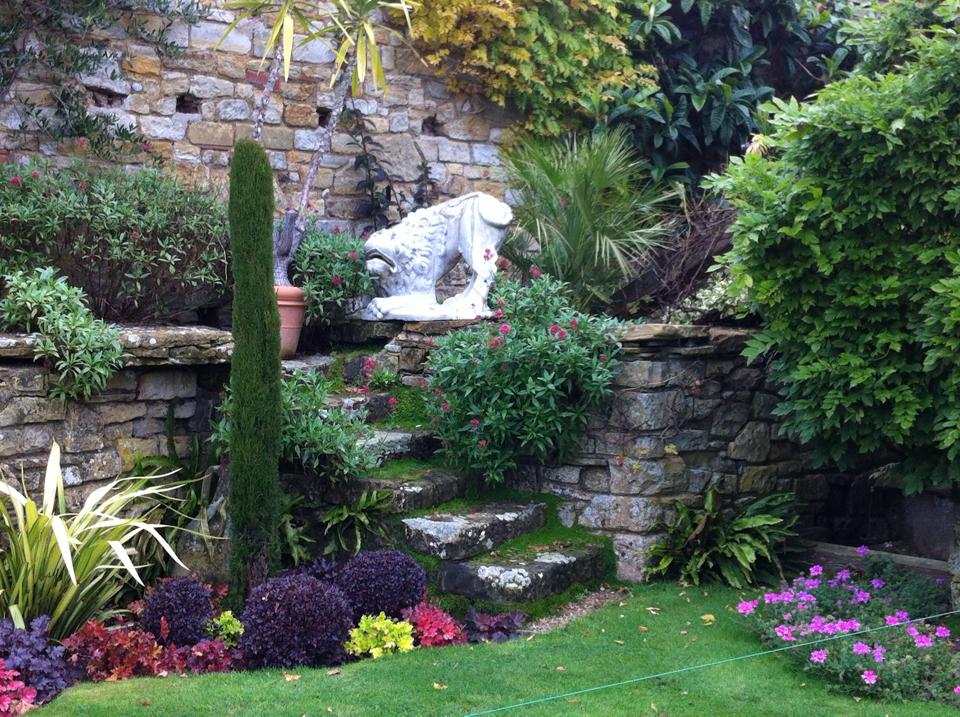
Hever castle gardens, October
To read more about the history of Hever Castle and its gardens, check out the official website: Hever Castle & Gardens | Visit Hever Castle located in Kent
I will also add in reference to my earlier comment suggesting an overnight stay, that there are two options for accommodation on the actual estate. The Bed and Breakfast and the Holiday Cottage. Information is available at the official link referenced above, but I will say that I have stayed in the Bed and Breakfast, and it was truly an exceptional experience!
Hever castle is about a 2-hour train ride from London.
All three of these locations should delight the Tudor explorer in your group and offer so much more for all travelers!
Are you a Tudor enthusiast who has visited any of these sites? Have you seen them simply as a travel enthusiast? What did you think? Share your experience in the comments!
It’s hard to think of which place I want to visit first, but I think that it’s Hampton Court Palace. I really want to see the kitchens and the gardens. Thank you for the link to The Freelance History Writer! It has all kinds of great info, and you can read about the ridiculously grandiose tomb Henry VIII had in mind. He certainly didn’t picture a broken coffin under a marble slab. There are so many incredible and true stories behind these beautiful places!